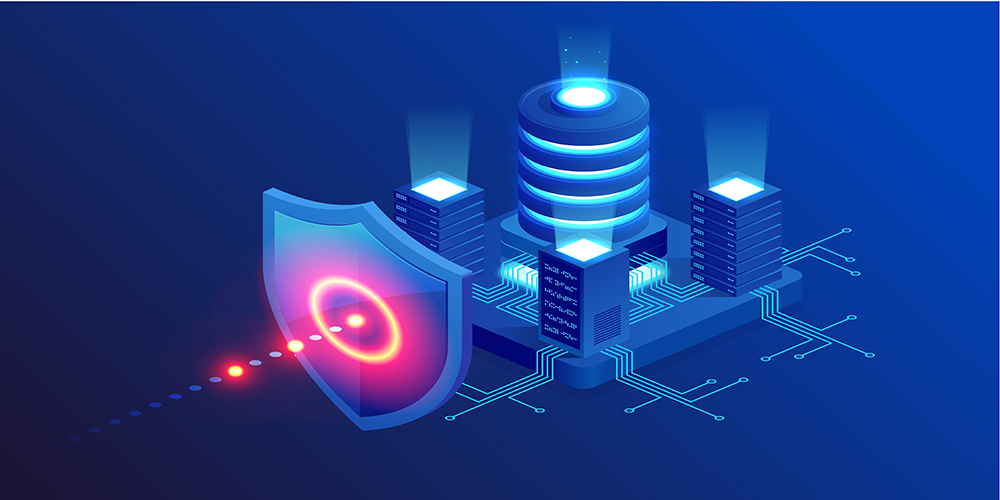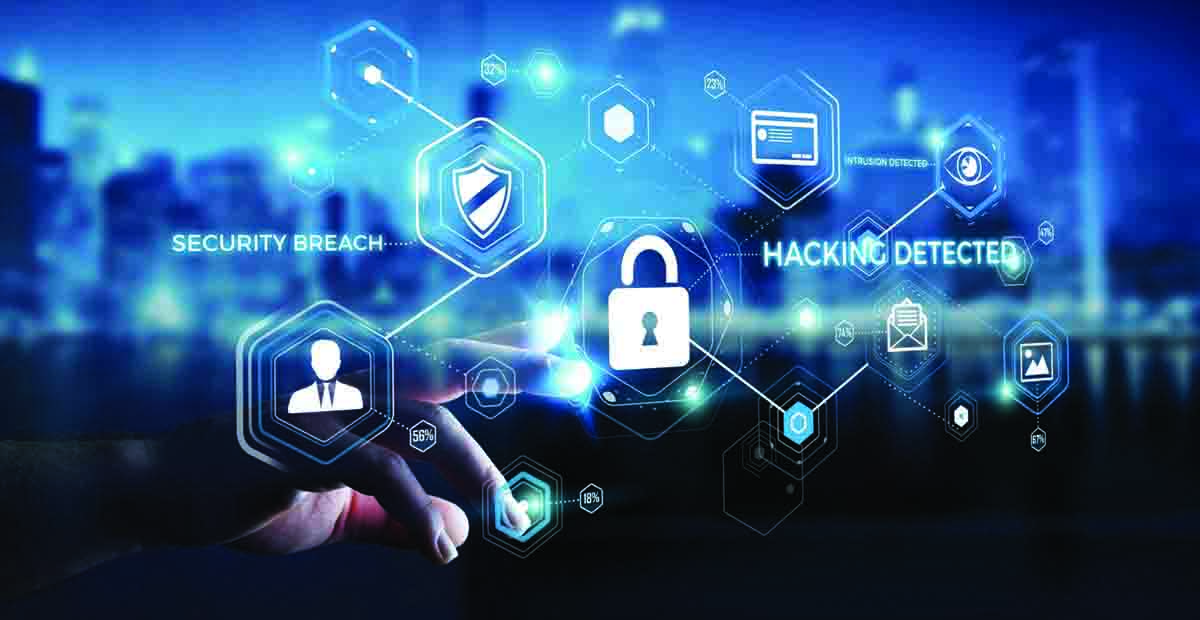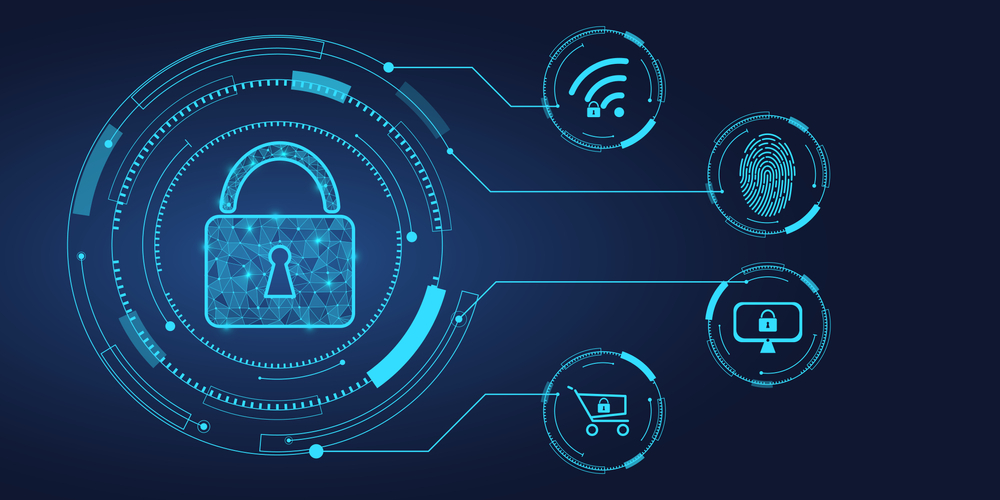Introduction
The face of workplaces has changed significantly since the start of the COVID-19 outbreak. According to a Microsoft study, 73% of workers want to keep the flexible work arrangements created in response to COVID-19. This has seen a rise in the need for organizations to adapt to remote or hybrid working systems. However, after this shift in the working space of employees, cybersecurity risks have increased by more than 25%.
On the other hand, data breach expenses have climbed dramatically YoY, from $3.86 million in 2020 to $4.24 million in 2021, according to IBM’s report. The average cost of a data breach was more significant in organizations with more than 60% of employees working remotely than the general average cost.
Managing security across remote or hybrid work environments is one of the most challenging for enterprise IT teams. This post will cover some of the most frequent cyber security challenges, and risks that businesses encounter when implementing cybersecurity solutions for remote and hybrid work.
Security risks in the cloud
Cloud-based applications are similar to other apps in that they are designed to make work more manageable, and most of the organization’s work runs on these cloud-based applications. Even though there are numerous advantages of cloud-based applications, these applications add even another degree of complexity to data management. They also expose organizations to new cybersecurity threats, posing a new set of administrative issues for IT departments.
Employees’ lack of security awareness training
Most companies ignore security awareness training for work-at-home employees, which poses a significant danger to an organization’s cyber security. According to IBM, the number of insider events involving credential theft has increased in frequency and cost since 2016, which could be prevented with proper training.
Data loss and data leakage risks
When remote workers use a wide range of devices and network gateways, store data in multiple locations, and access different versions of programs they need to complete their tasks, they increase the risk of data loss or harm.
As a result, IT teams must adopt policies that restrict accounts based on granular access for individuals, group permissions, locations, and devices, among other things, to minimize or reduce the risk of malicious activity and data loss.
Lack of physical security and monitoring of virtual workspaces
Hybrid workspaces are difficult to monitor because of the lack of physical security measures. This means that, while dispersed teams’ capacity to communicate securely is one of the most critical variables in assuring efficiency, it’s also one of the key factors that might put enterprises at risk.
Remote workers can be easier targets
Some of the concerns that security professionals regularly confront with remote workers include network security challenges such as weak or no home Wi-Fi security, computers shared among family members, missing firewalls, un-secure mobile devices, poor security hygiene, etc. Remote workers may also lack internet access or speed, delaying software updating and potentially leaving vulnerable places for fraudsters to exploit. Unauthorized software and shadow IT can potentially jeopardize a company’s entire cybersecurity posture.
Conclusion
In this cyber-attack-prone world, empowering remote workers to be safer with the right training is critical. According to a Tessian’s poll of 250, IT decision-makers and 2,000 working professionals, nearly 60% of IT leaders expect to increase cybersecurity awareness training if their organization transitions to a permanent hybrid work environment.
Along with enhancing an organization’s cybersecurity with advanced security models such as zero trust security, initiatives like these are necessary for organizations to combat cybersecurity issues in the age of remote and hybrid working.




